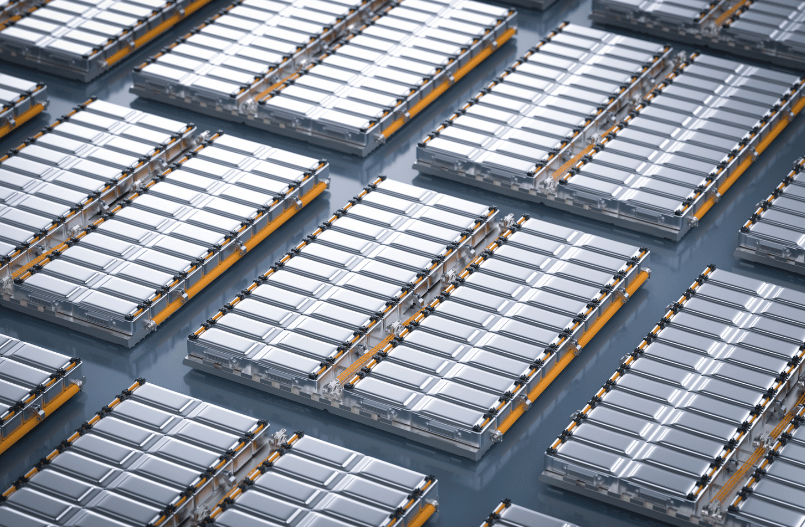Lithium-ion (Li-ion) batteries have revolutionized energy storage.
This technology hinges on positive and negative active materials, meticulously selected and fine-tuned over decades. Commonly, lithiated metal oxides and phosphates serve as positive materials, while negative materials range from graphite to graphite/silicon or lithiated titanium oxides.
Pushing the Boundaries
With present materials and cell designs, Li-ion technology is nearing its energy density limit. Excitingly, recent breakthroughs in active material research promise to shatter these barriers.
Novel compounds can store more lithium in both positive and negative electrodes, offering the potential to merge energy and power in a single package. Additionally, these innovations consider raw material scarcity and criticality.
Advantages
Currently, Li-ion battery technology leads the pack in terms of energy density among state-of-the-art storage technologies.
Not only can the performance be fine-tuned for factors like fast charging and wide operating temperatures (-50°C to 125°C), but Li-ion batteries also deliver minimal self-discharge and an extended lifetime, with the capability of enduring thousands of charging and discharging cycles.
The Road Ahead
The anticipated deployment of advanced Li-ion batteries is on the horizon, arriving ahead of the first-generation solid-state batteries. These cutting-edge batteries are poised to excel in applications where high energy, high power, and paramount safety are essential.
Energy Storage Systems for renewables and various modes of transportation—be it marine, railways, aviation, or off-road mobility—stand to benefit tremendously from this breakthrough technology.
As the energy landscape continues to evolve, the latest advancements in Li-ion battery technology represent a significant leap forward. With the potential to reshape energy storage across various industries, these innovative batteries offer a promising solution to meet the growing demands of our ever-changing world.

